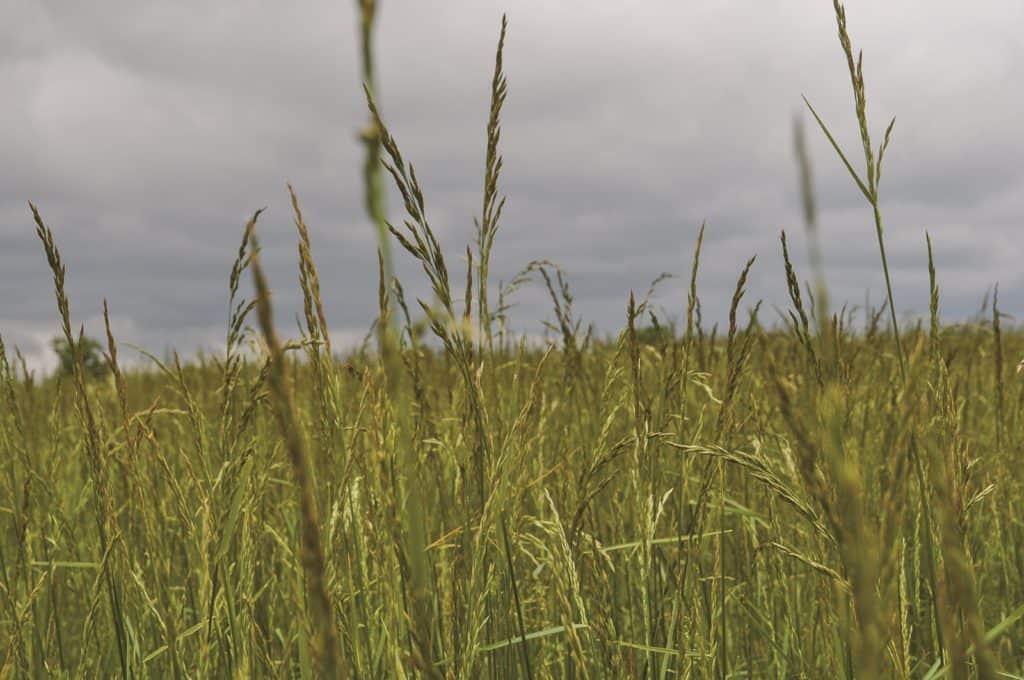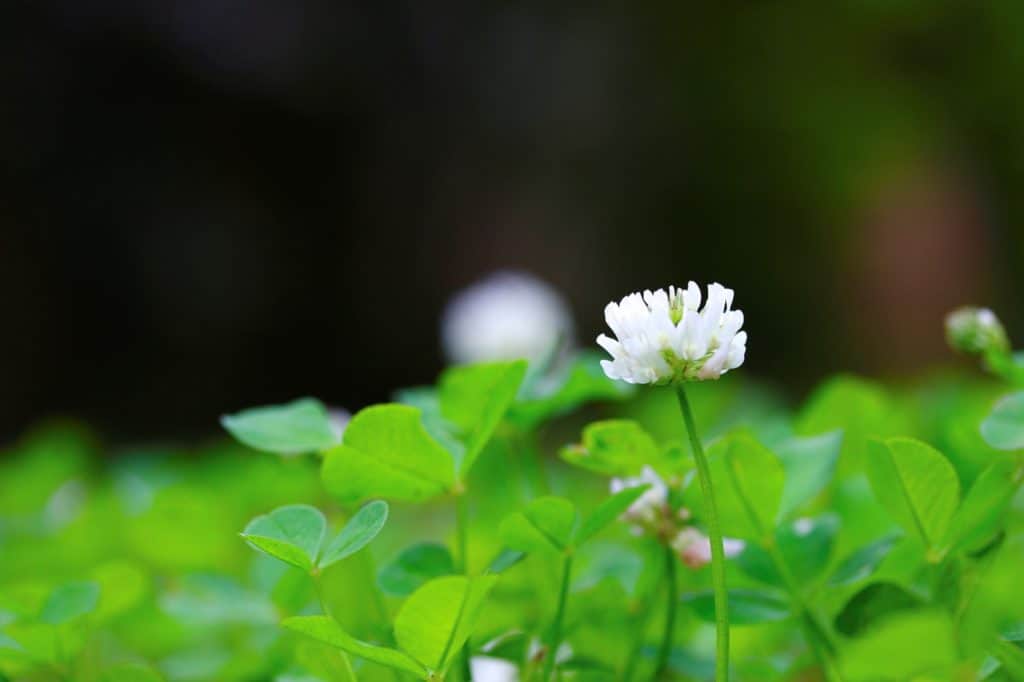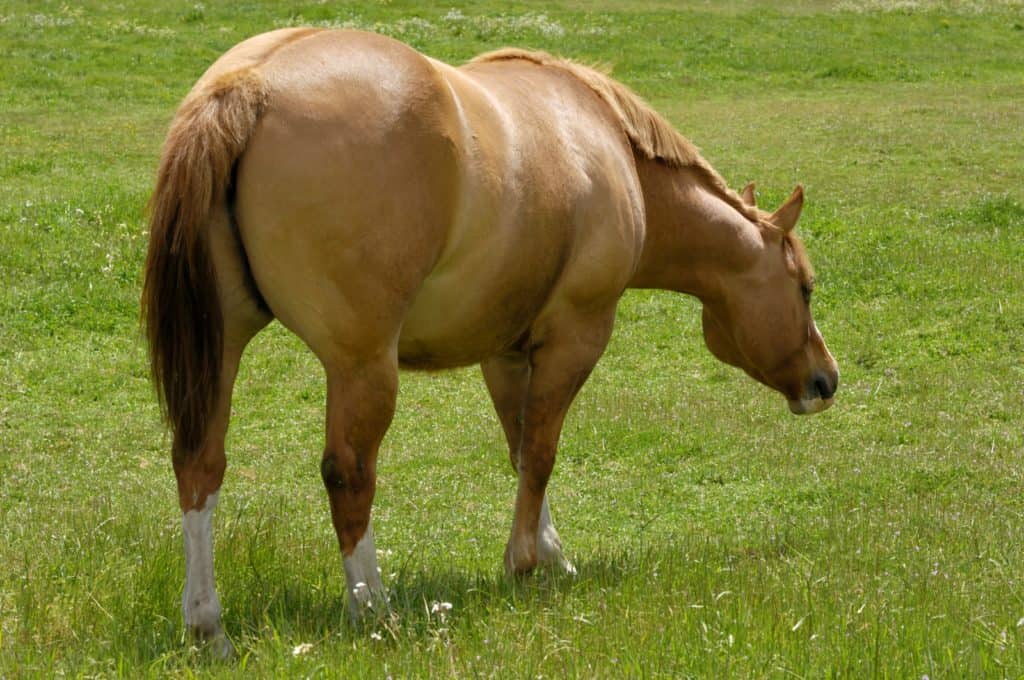
Non-Structural Carbohydrates in Horse Forages
Forages high in non-structural carbohydrates can be detrimental for some horses. Here’s what to know.

Forages high in non-structural carbohydrates can be detrimental for some horses. Here’s what to know.

Of the 1,102 respondents, 397 (36%) said they purchase hay once a year for their horses.

Tall fescue is a very hardy forage able to withstand high summer temperatures, drought, moisture stress, and shade.

Regulate grass intake to prevent excess weight gain when fields are at their greenest.

Janet Johnston, DVM, Dipl. ACVIM, ACVS, shares 10 tips to keep horses comfy and safe in the summer heat.

This condition, caused by an unbalanced diet, can have serious musculoskeletal implications for affected horses.

Horses appear to select forages based on smell and taste rather than energy intake, researchers found.

Find out how feeding recommendations and diets for performance horses have changed over the years.

Some types of fescue infected with common endophyte strains could become more toxic when temperatures increase.

From feeding to vaccines and colic to lameness, here are some basic resources to get the new horse owner started.

The UKVDL’s new sample handling procedures appear to allow for more accurate ergovaline testing results.

White clover is the most widely found pasture legume in the United States.

The team confirmed that EMS horses aren’t always fat, but that obesity can point to an underlying metabolic condition.

Owners are encouraged to watch for sycamore seedlings, which can cause atypical myopathy, in horse pastures.

You should understand several factors—including age and use of the horse, season, species of pasture grass, pasture management practices, and grazing time available—to best utilize pasture as a part of your horse’s nutritional program.

Overconditioning, grazing during sunlight hours, and frozen footing could potentially trigger laminitic episodes.
Stay on top of the most recent Horse Health news with
"*" indicates required fields